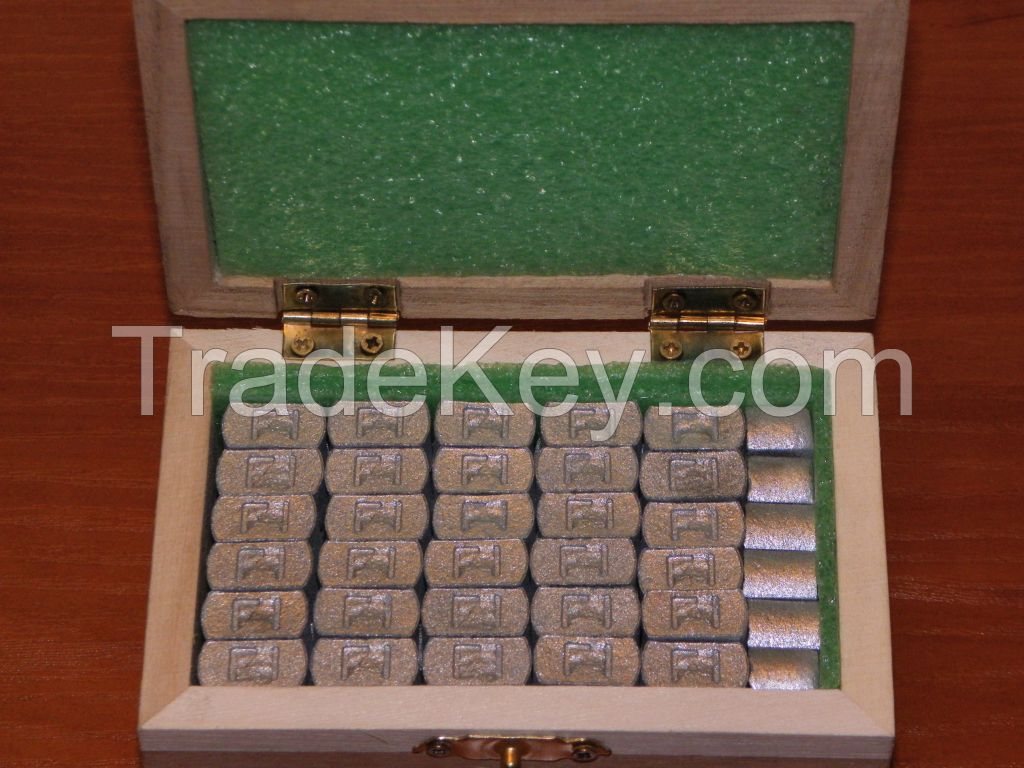Description
Use: NiCrMo bonding alloy compatible with conventional ceramic
materials with appropriate CTE range.
Melting Torch, Induction (HF), Light arc.
Casting time point: as soon as the molten mass begins to split
(HF);
after complete melting of the pellet and obtaining а vibrating
mirror surface surface (flame melting).
Pressure casting **0 **0 mbar.
Welding possible using methods such as laser welding and TIG
impulse welding.
Additive material NiCr welding wire.
Pre-soldering NiCr-Sold Marranium.
Sand blasting: Use the available laboratory technique and the
traditional way of processing.
Oxidation: optional.
Recommended ceramics: with suitable CTE ceramic range.
Cooling of ceramics: regular cooling, unless otherwise in the
furnace recommended by the ceramic manufacturer.
Safety measures:
Despite this alloy does not contain toxic components as Be,
inhalation of metal vapor or dust during casting and
mechanical treatment should be avoided. Use aspiration! Observe the
rules of hygienic work!
For professional use only!
Use: CoCrMo bonding alloy compatible with
conventional ceramic materials with appropriate CTE
range.
Melting Torch, Induction (HF), Light
arc.
Casting time point: as soon as the molten mass
begins to split (HF);
after complete melting of the pellet and
obtainingаvibrating mirror surface
(flame melting).
Pressure casting **0 **0 mbar.
Welding possible using methods such as laser
welding and TIG impulse welding.
Additive material CoCr welding
wire.
Pre-soldering CoCr-Sold Marranium
Sandblasting:
Usetheavailable laboratory
techniqueand the traditionalwayof
processing.
Oxidation: optional.
Recommended Ceramics: with suitable CTE ceramic
range.
Cooling of ceramics: regular cooling, unless
otherwise in the furnace recommended by the ceramic
manufacturer.
Safety measures:
Despite this alloy does
not contain toxic components asBe, inhalation of metal vapor or
dust during casting and mechanical treatment should be
avoided. Use aspiration!Observetherules of hygienicwork!
For professional use
only!
